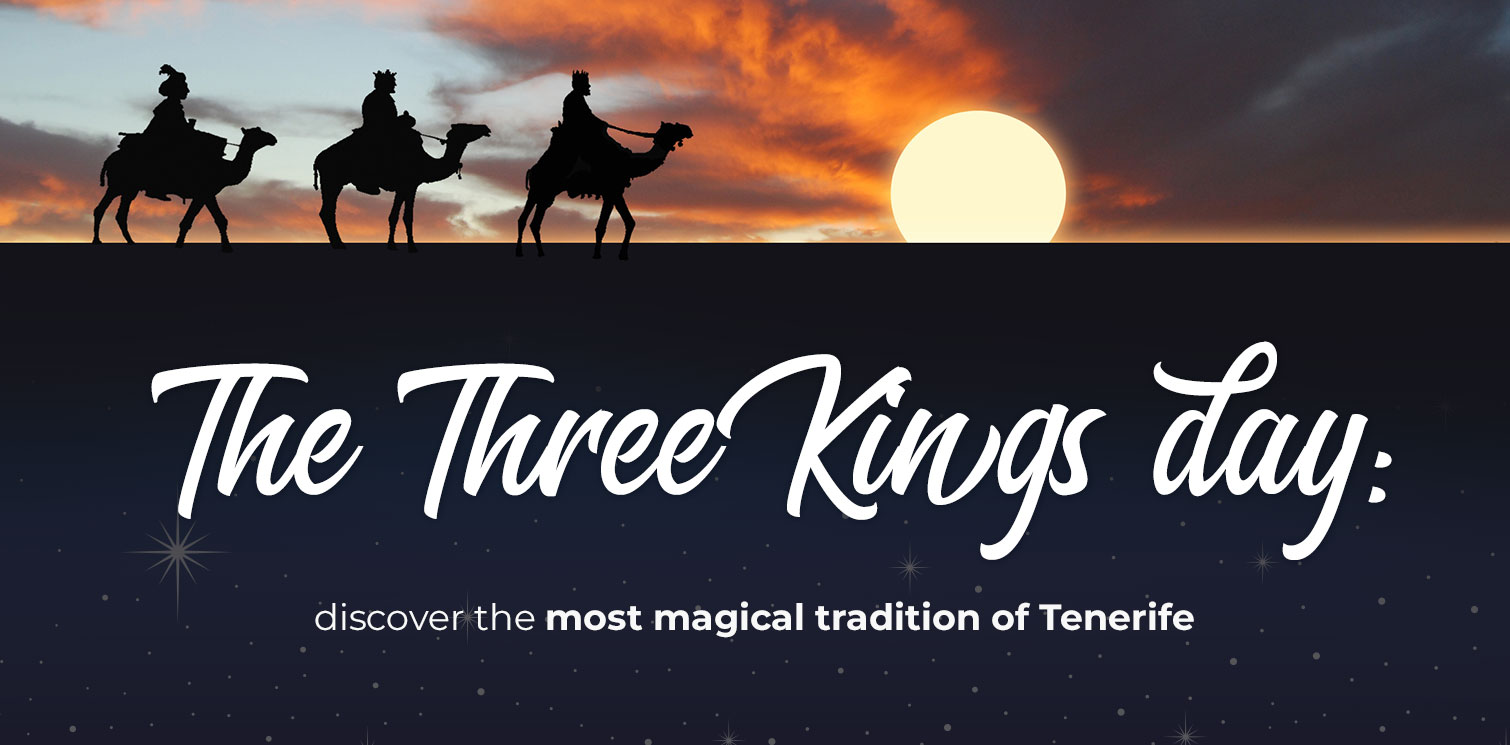Presents, who doesn’t like presents? Especially in these days where the illusion of giving and receiving them makes ‘Three Kings Day’ one of the most special days. The children, protagonists that day, anxiously wait 365 moons for the most magical night of the year. Christmas figures illuminate the streets, waiting for the Wise Men to arrive. But what’s the cause of this celebration?

We can find the origin of the Three Kings written in chapter two of the Bible, it tells the story of three men finding their way to Bethlehem. Guided by a star, they went to deliver three gifts to Jesus, son of God. Gold for being the King of Kings, frankincense for being a child of God and myrrh because he would die young. But don’t think that children get these same boring presents nowadays. In just ten years time, they have gone from giving footballs to last generation mobile phones.
Christmas starts in December with nougat and sand cakes ‘polvorones’ in supermarkets, and ends on January 6 with the presents brought by the Three Kings from the East. Tradition says that each child should write a letter with their wishes to the Kings, and send it by mail or deliver it to one of the royal helpers at local events.
On the 6th of January the little ones receive their presents, however not before placing something to eat and drink underneath the Christmas tree, for the Kings and their camels. But be careful with leaving them alcohol or stuffing them with ‘polvorones’, because they have a long way to go. In Tenerife many children leave the typical bananas from the Canary Islands, shortbread biscuits ‘mantecados’ or some ‘gofio’.
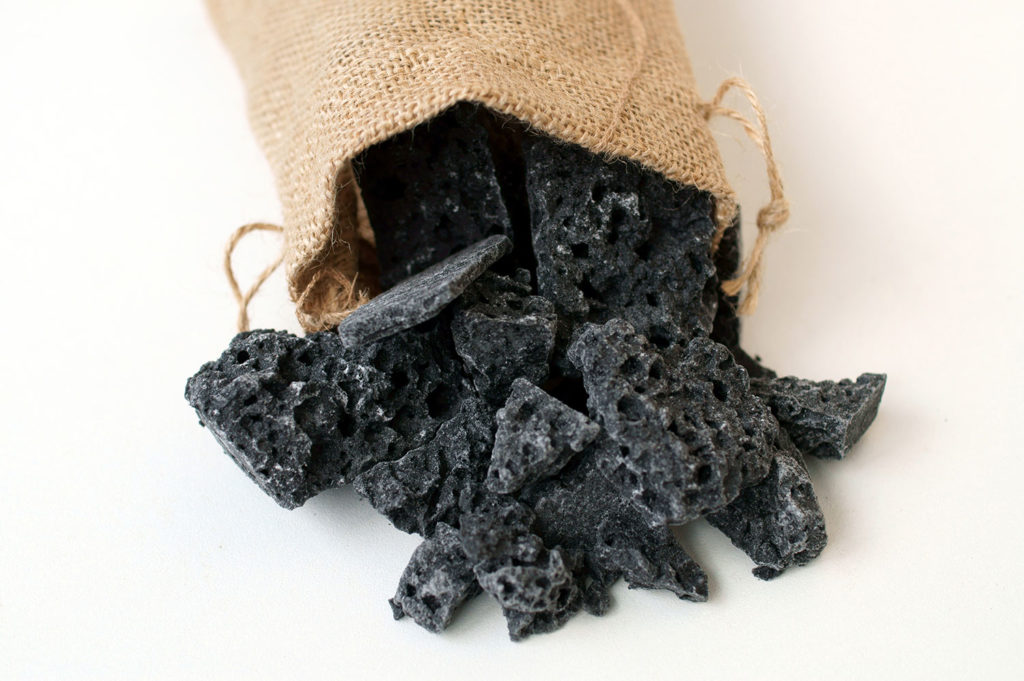
There is one condition though, if you have been nice all year, you will receive your presents, if not, you will get ‘sweet coal’. This tradition has two theories, both related to Santa Claus. The first theory states that coal was given to poor families, because they believed people were poor for bad actions in their past, but it was also a gift because it served to make fire and bring heat. The other one explains Santa getting down the chimney to enter the house, and discovering that children misbehaved, not knowing what to give them he took the coal from the duct. All kids sleep, hoping not to find the heated coal.
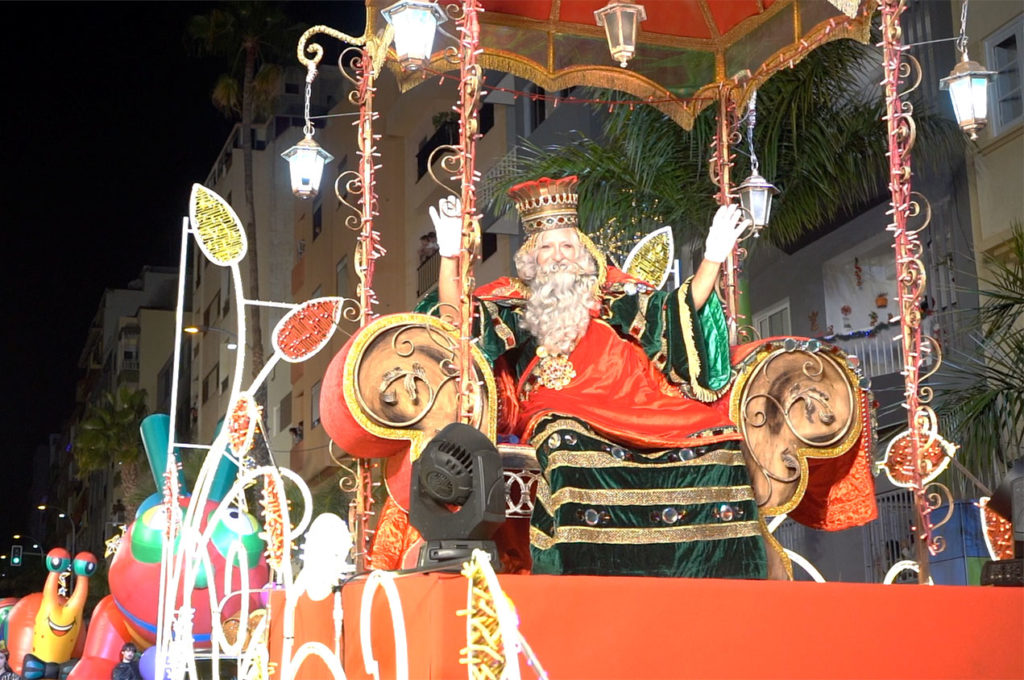
Another very important Christmas event, is the Three Kings parade. In Santa Cruz de Tenerife the Wise Men arrive at the Heliodoro Rodríguez López stadium in a helicopter, where the Chicharrero mayor hands them the magic key, the key that opens all houses of the children in the city. But only the lucky ones will be able to get an entry ticket. You must be very fast if you want to get tickets at the Heliodoro ticket window or at the offices of the five chicharreros districts, as they sell out quickly. It’s the perfect place to let your inner child out.
After visiting the stadium the Wise Men from the East parade with their helpers in floats or camels and throw candy wherever they pass. Of course, be careful where the candy falls, because sometimes in enthusiasm you can bump your head. The Three Kings parade is celebrated in all municipalities of the island.
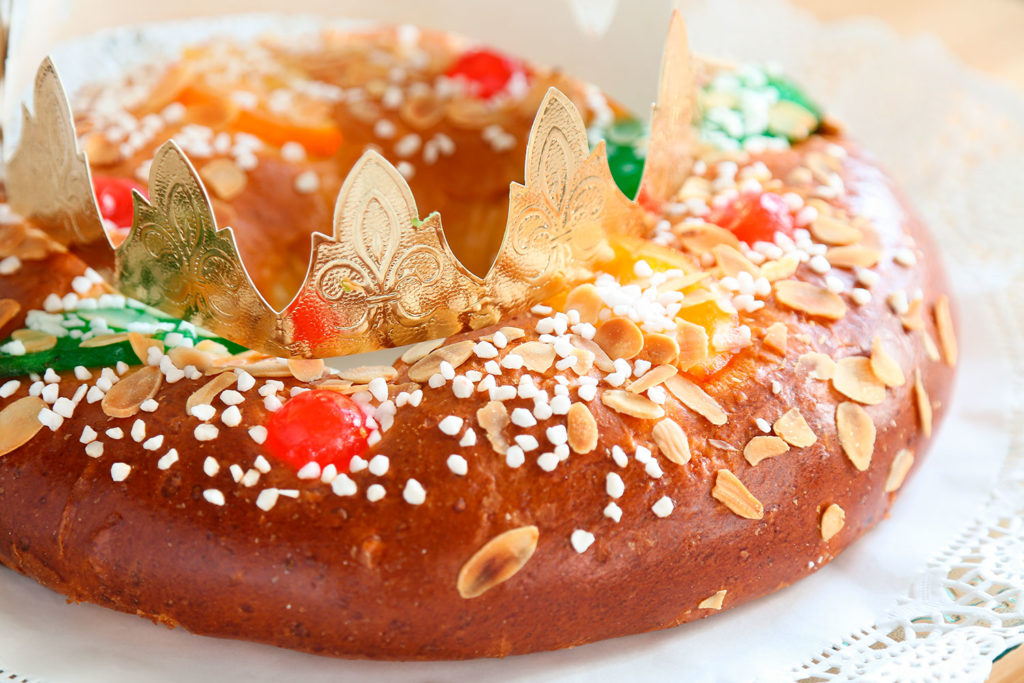
But this big day cannot end without a ‘roscón de Reyes’, a delicious ring-shaped thin bun decorated with pieces of candied fruits of various colors. They are usually filled with whipped cream, custard, chocolate, truffle or ‘cabello de ángel’ threaded jam made from pumpkin.
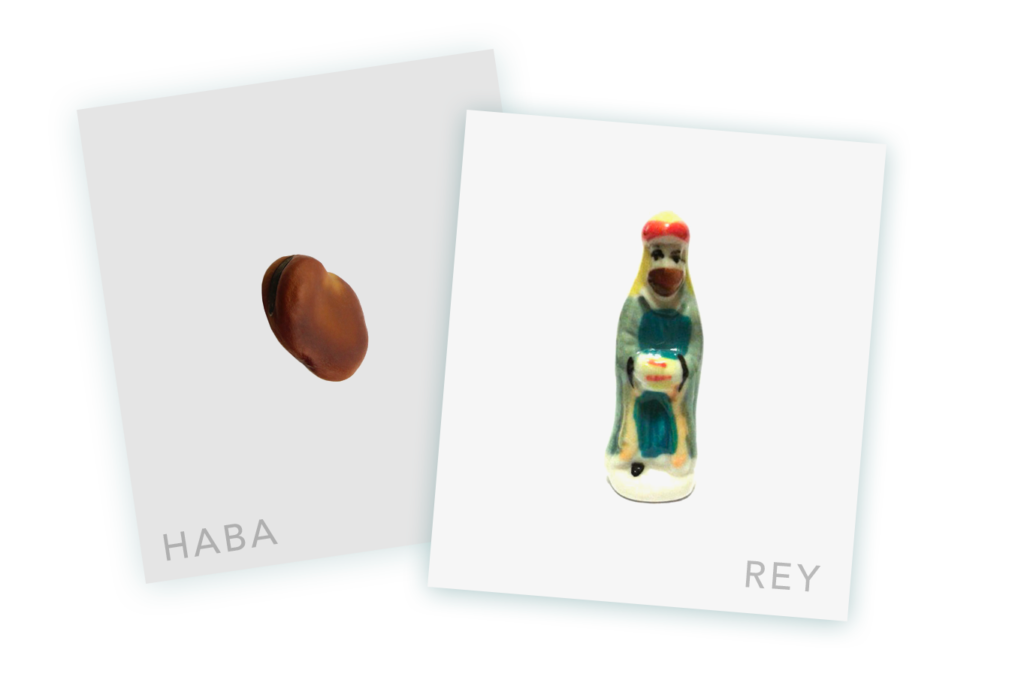
Furthermore, two things are hidden inside: the figure of a King and a bean.
Whoever takes out the King figurine will be the king of the party, while the one who takes out the bean, must pay for dessert next year.
The celebration of Three Kings Day is a unique and magical tradition. Every Spanish city is different, but the main goal these days is always the same: make the children happy and keep their illusion alive. Remember, behave yourself and don’t pick the largest piece of ‘roscón’ if you don’t want bad luck to hit you in the form of a bean.
